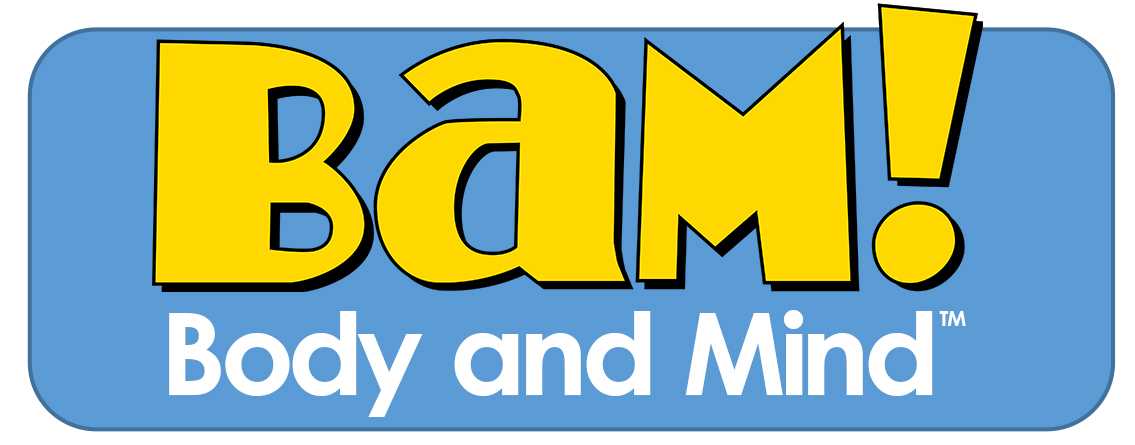Standard 6
Students will demonstrate the ability to use goal-setting skills to enhance health.
Rationale: Goal-setting skills are essential to help students identify, adopt, and maintain healthy behaviors. This standard includes the critical steps that are needed to achieve both short-term and long-term health goals. These skills make it possible for individuals to have aspirations and plans for the future.
Performance Indicators*
| Pre-K-Grade 2 | |
|---|---|
| 6.2.1 | Identify a short-term personal health goal and take action toward achieving the goal. |
| 6.2.2 | Identify who can help when assistance is needed to achieve a personal health goal. |
| Grades 3-5 | |
| 6.5.1 | Set a personal health goal and track progress toward its achievement. |
| 6.5.2 | Identify resources to assist in achieving a personal health goal. |
| Grades 6-8 | |
| 6.8.1 | Assess personal health practices. |
| 6.8.2 | Develop a goal to adopt, maintain, or improve a personal health practice. |
| 6.8.3 | Apply strategies and skills needed to attain a personal health goal. |
| 6.8.4 | Describe how personal health goals can vary with changing abilities, priorities, and responsibilities. |
| Grades 9-12 | |
| 6.12.1 | Assess personal health practices and overall health status. |
| 6.12.2 | Develop a plan to attain a personal health goal that addresses strengths, needs, and risks. |
| 6.12.3 | Implement strategies and monitor progress in achieving a personal health goal. |
| 6.12.4 | Formulate an effective long-term personal health plan. |
* The performance indicators articulate specifically what students should know or be able to do in support of each standard by the conclusion of each of the following grade spans: Pre-K–Grade 2; Grade 3–Grade 5; Grade 6–Grade 8; and Grade 9–Grade 12. The performance indicators serve as a blueprint for organizing student assessment.
- Page last reviewed: June 17, 2015
- Page last updated: June 17, 2015
- Content source:



 ShareCompartir
ShareCompartir